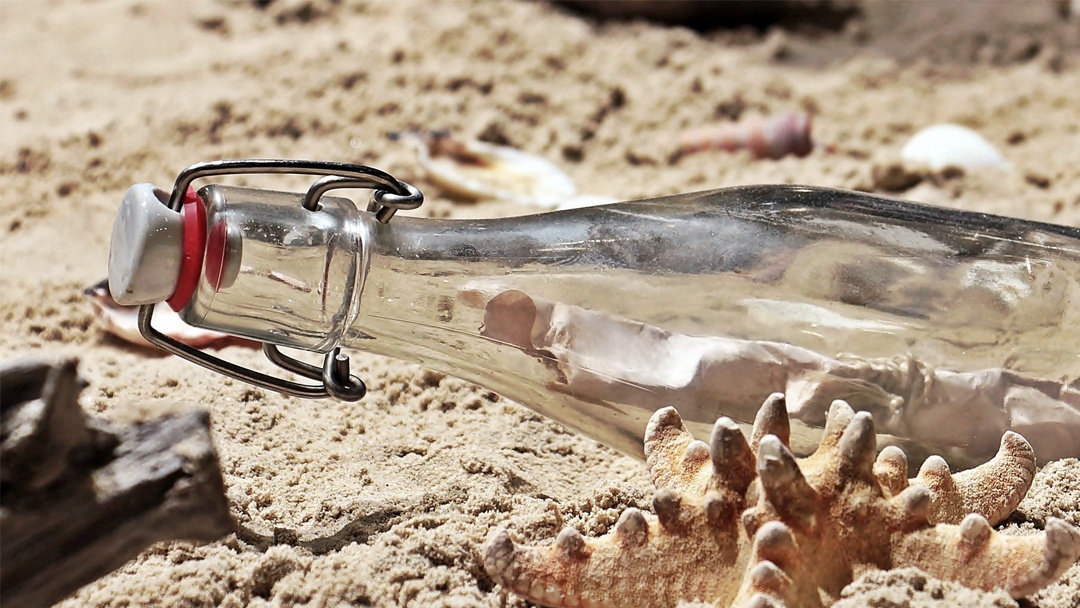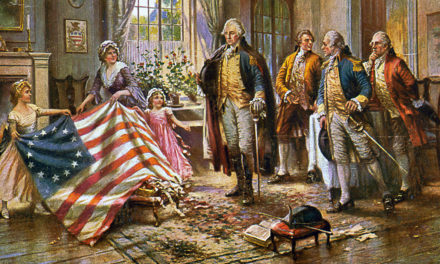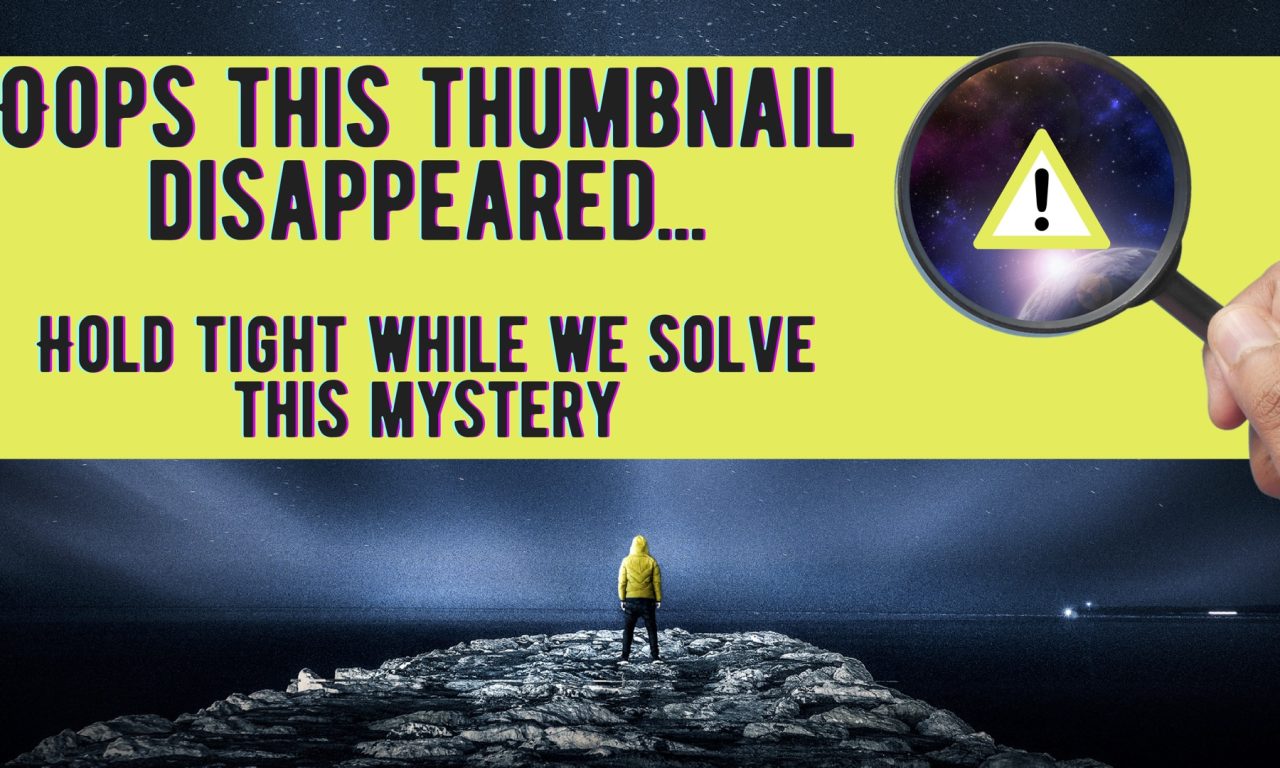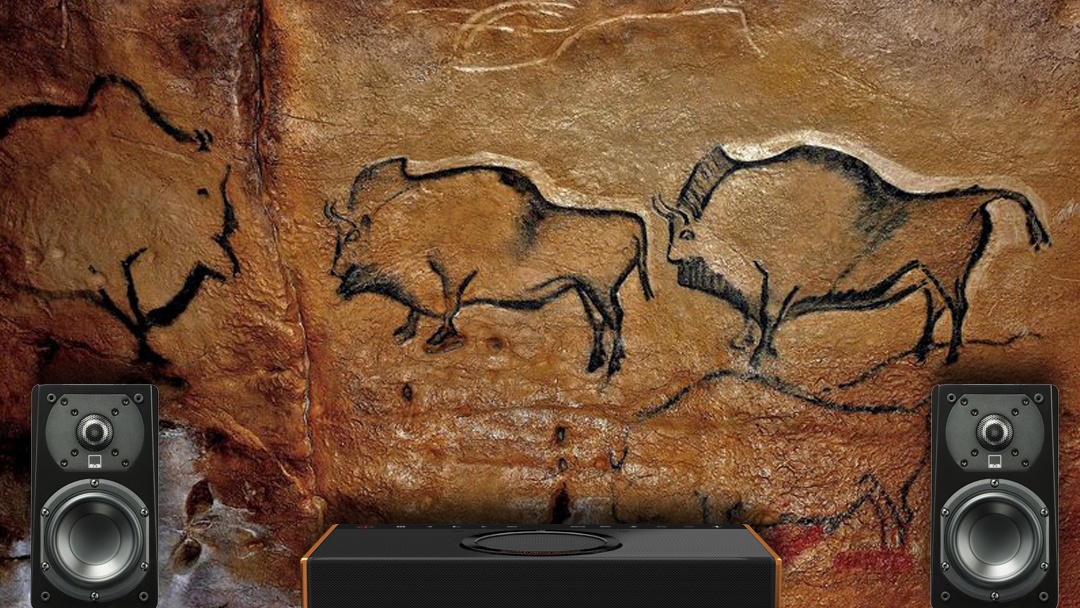Even the message in a bottle that doesn’t leave much mystery behind can be intriguing..
A message in a bottle was tossed off the side of a German ship on June 12, 1886, as it sailed through the Indian Ocean, the date and location penned carefully in script on the scroll inside.
In January, more than 131 years after the bottle was set adrift, an Australian woman walking on the beach noticed the thick, discolored glass of an old bottle poking through the sand.
The bottle — and the message — had been found.
A careful look at the contents of the bottle, all the documentation, yielded a pretty clear verdict. It was part of a study in ocean currents, thus a German boat named the Paula had tossed a number of bottles with note inside into the ocean.
The paperwork inside asked the finder to fill it out, kind of like a survey, 19th century style, that would find respondents on beaches wherever and whenever the fates of the ocean chose to land a bottle.
It’s believed to be the oldest such bottle ever found, and as the same Times article reminds us:
When the bottle was set adrift, Grover Cleveland was the president of the United States, Queen Victoria was shortly to celebrate 50 years on the throne of England, and the Industrial Revolution was in full swing.
Which is why intrigue clings to that bottle, even though we know it’s origins. It reminds us that a lot happened in the world while that glass container bobbed and floated around in a fickle ocean.
And we can wonder why, why a bottle found with no cork had stood up to those elements so long, so far, as to still have legible paper inside, leading back to the 1880’s and a European ship in the Indian Ocean.
Did that bottle just “get lucky,” keeping water out all those decades until about the time it beached?
Or do we need to get a formula for that paper, another genius product of German engineering?












